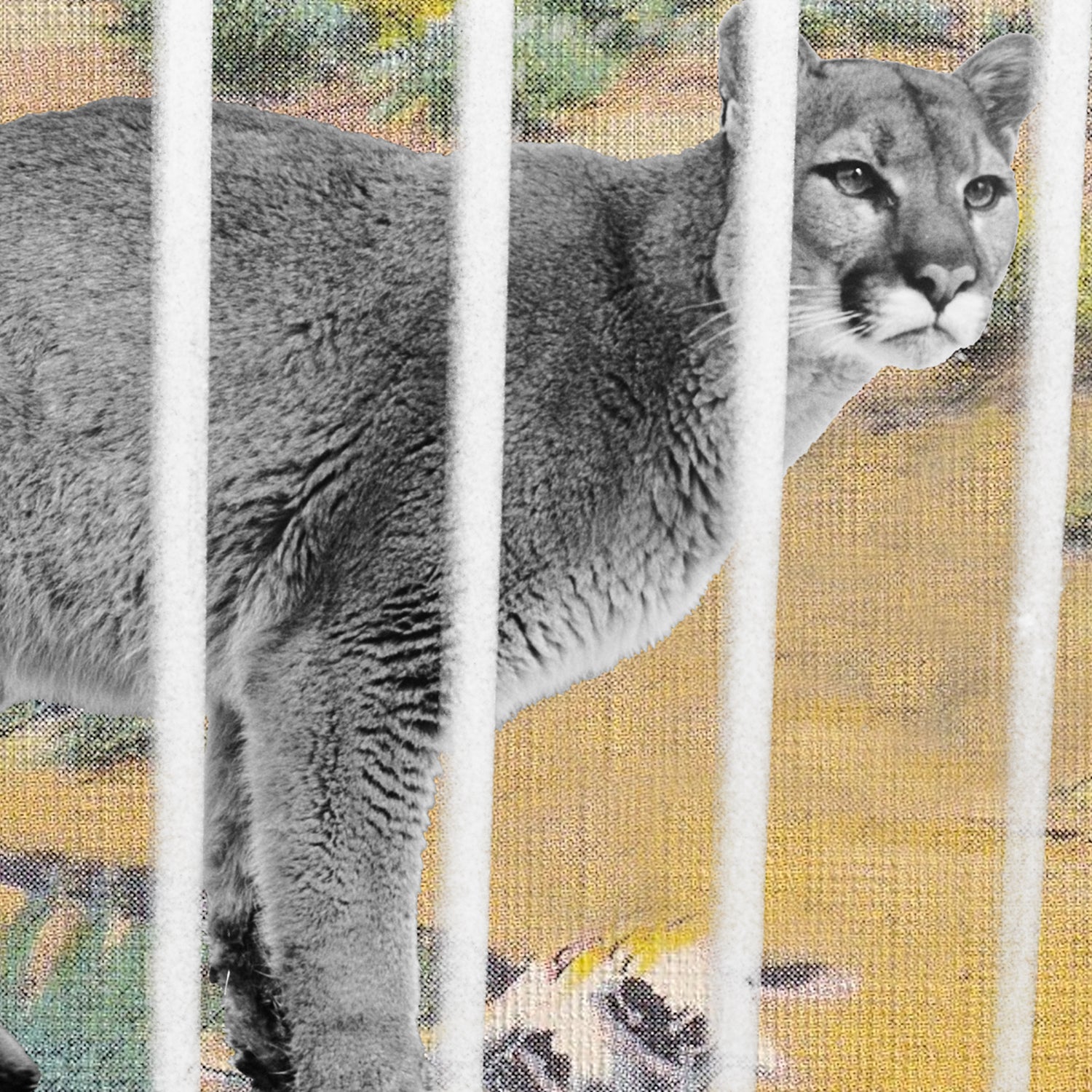Dear Sundog,��
Last September, in California’s Malibu Creek State Park, a mountain lion pounced on a five-year-old child. The father managed to save his kid by fighting off the cat, and soon after, officials euthanized the cougar. Isn’t this immoral and outrageous? The lion was behaving just as nature intended.��— People against he Unethical Murder of Animals
Dear PUMA,
This is not the only recent alarming attack on humans by a cougar. In 2023, an eight-year-old boy was while camping with his family in Olympic National Park; his mom chased off the cat, and he escaped with minor injuries. Last April, two brothers were out in looking for shed antlers when they encountered a cougar. It attacked both young men, killing one.
As a professional arbiter of ethics, my job is to see at least two sides of any given issue. However, as the father of a five-year-old who I regularly take to the woods and canyons, I am unable to access the other side here, to find what John Keats might have called the “negative capability” to tolerate the mystery that falls outside of reason. My take is strictly Old Testament: I say smite the beast. If an animal tried to drag off my child, my notions of animal rights and equality among the species would go straight out the window. I would try to kill it even if it escaped, assuming that, if left to live, it would try the same thing again.
I seem to be in line among people in positions of responsibility—at the California Department of Fish and Wildlife, as well as wildlife advocacy groups. “We don’t have a mountain lion jail,” Beth Pratt, the California state director of the National Wildlife Federation, told the after the Malibu Creek incident. “As much as it pains me, I think the officials made the right decision here.”
The conundrum is not new. But we might say we’ve had a respite. After a cougar killed a human in California in 1909, the state went more than 80 years without another fatality. In 1990, fearing the lion was going extinct, voters passed a ballot initiative to protect the animal. The past four decades have seen mountain lions acting more aggressively. Even so, it’s still a small number. According to the , there have been 26 verified cougar attacks on humans since 1986, four of them fatal.
These ethical dilemmas about what an animal is “allowed” to do pre-date the United States, of course. During the Middle Ages, animals were put on trial for crimes ranging from caterpillars stealing fruit to pigs who committed murder. “Here were bears formally excommunicated from the Church,” writes Mary Roach in her book Fuzz: When Nature Breaks the Law. “Slugs given three warnings to stop nettling farmers, under penalty of smiting.”
And yet, buried in my psyche, was the belief that killing a cougar for being a cougar was just . . . wrong? I turned to an expert in the field to see what I was missing. Christopher Preston is a professor of environmental ethics at the University of Montana and author of the book . Because mountain lion attacks are still so rare, Preston thought there wasn’t much official protocol. Bears, however, attack more frequently. When a bear kills or eats a human, it will be euthanized. But if a bear attacks a person while demonstrating what authorities consider natural behavior, it will be spared. “If you surprise a bear with cubs or on a kill, and it attacks you, then the bear can be let off,” Preston told me. “It’s not a pattern of behavior that demonstrates unnatural instincts.”
It’s unclear if the behavior of the Malibu Creek cougar was natural.�� The event that you refer to, PUMA, involved a young lion approaching a group of humans in a picnic area and dragging off a child, a particularly brazen act. Yes, it’s perfectly natural for a mountain lion to haul off a smaller creature in hopes of dining on it. But, said Preston, this cougar had left its natural environment and entered a human environment: a picnic area in a state park. “Where do you draw the line when natural behavior starts to impact us pretty severely?” he asked. We have no problem cracking down, he adds, when forms of life like bacteria and viruses exhibit their natural behavior of infecting our bodies.
Preston made another point: humans are constantly expressing their dominance over the natural world, and if we just kill anything that makes a problem with us, then we’re not learning anything. But in his opinion, even this line of reasoning doesn’t merit a puma pardon. “Someone can feel sympathy for the lion for doing what lions do, but that probably won’t get you a non-shoot order.”
“We need to dial back our dominance, but this case brings it into sharp contrast,” said Preston. “I don’t know how many environmental ethicists would say, ‘Yes, let’s just let lions keep dragging kids out of picnic areas.’”
Preston and I decided to find out. He sent out a note to a handful of colleagues. The first to respond was Philip Cafaro, a professor of philosophy at Colorado State University:
The way I see it, mountain lions and people have a right to live in California (and elsewhere). But there are way too many people in CA (~ 40 million) and way too few mountain lions (probably less than 5,000). It’s way out of balance, way unjustly tilted toward us hogging most of the habitat and resources. So, speaking strictly to the justice of the situation, mountain lions that attack and even kill people should be left alone. We can spare a few people from our teeming hordes, while there are precious few pumas left.
But even he shied away from cougar clemency:
Pragmatically speaking, people are too selfish and cowardly to act ethically in such cases. So, the next best thing is let them kill some mountain lions in the hope that they will leave the rest alone.
A second Colorado State professor of philosophy, Katie McShane, raised other important questions, which perhaps explain why we no longer drag beasts before a judge and jury:
I’m not sure we blame animals very much at all; but in any case, killing the mountain lion isn’t conceived of as punishment, but rather, keeping people safe.
Maybe there’s an animal ethics question about whether killing the lion is the best way to protect people? Given mountain lion behavior, I can’t imagine that confinement would go well. Are there sanctuaries? I don’t know; they’d need to be huge. Anyway, my guess is that killing the mountain lion is the most humane option as well.
The short answer to that is, mountain lions require too much terrain to be placed in sanctuaries. And relocating an animal that’s attacked a human doesn’t mean it won’t attack again. I find myself agreeing that killing is the best option in this difficult situation.
Before Preston signed off, he also speculated that there might be something in the human psyche that calls for harsher punishments for pumas than for other predators—bears, for example. “There is something singular about the lion,” he said. “You get stalked. You don’t know it’s coming. Bears kind of look like people when they stand up on two legs, so we know what they are about. The lion occupies a different place in our cultural imagination: the stealthy undesirable ghost in the forest that we don’t want to empathize with.”

Mark Sundeen lives in a canyon in Montana where cougar sightings are frequent, yet in his four decades of exploring and guiding in the West, he’s never seen one in the wild. Sundeen’s new book, ��comes out February 18.


